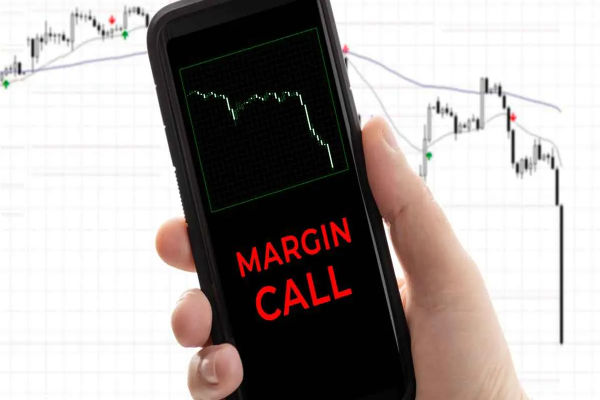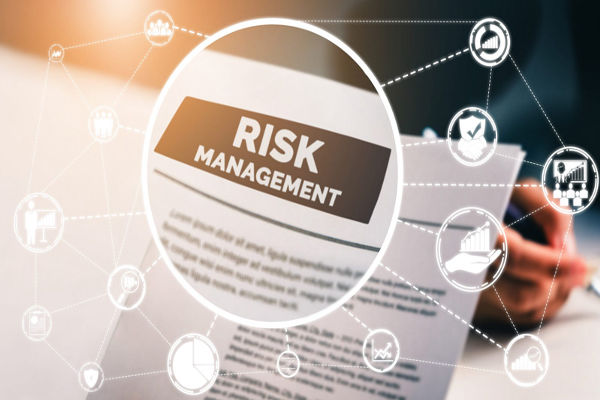Forex trading offers the potential for significant profits, but for beginners, it can also be a minefield of risks and pitfalls. With the right approach, however, you can learn forex trading safely and build a solid foundation for success.
This guide is tailored for newbies, providing actionable steps to understand the market, manage risks, and avoid common mistakes. By prioritising education and caution, you can navigate the complexities of forex trading with confidence.
What Is Forex Trading?

Forex trading, or foreign exchange trading, involves buying and selling currencies on a global market to profit from fluctuations in exchange rates. It is the largest and most liquid financial market in the world, with a daily trading volume exceeding $6 trillion.
As a beginner, your goal is to learn how to predict currency price movements using analysis, strategy, and risk management while avoiding the many traps that can lead to losses.
How to Learn Forex Trading as a Newbie

Step 1: Understand the Basics Before Diving In
Before placing any trades, take time to grasp fundamental forex concepts. Learn about currency pairs (like EUR/USD or GBP/JPY), pips (the smallest price movement), spreads (the difference between buy and sell prices), leverage (borrowed funds to increase trade size), and margin (the deposit required to open a position).
Resources like online courses, broker-provided guides, and reputable websites can help you build this foundational knowledge without risking capital.
Step 2: Choose a Regulated and Reliable Broker
Selecting a trustworthy broker is critical to trading safely. Opt for a broker regulated by reputable authorities such as the Financial Conduct Authority (FCA) in the UK or the Commodity Futures Trading Commission (CFTC) in the US.
Check for user-friendly platforms, transparent fee structures, and access to educational resources. Avoid brokers promising guaranteed returns or pressuring you into quick decisions—these are often red flags for scams.
Step 3: Start with a Demo Account
A demo account is a risk-free way to practise forex trading using virtual money. Most brokers offer these accounts, allowing you to familiarise yourself with trading platforms (like MetaTrader 4 or 5), test strategies, and understand market dynamics without financial loss.
Spend several weeks or months on a demo account to build confidence before transitioning to real money.
Step 4: Develop a Simple Trading Plan
A trading plan is your roadmap to disciplined trading. Define your financial goals, risk tolerance, and preferred trading style (e.g., day trading or swing trading).
Decide how much you're willing to risk per trade—experts recommend no more than 1-2% of your account balance for beginners. Stick to your plan to avoid emotional decisions during volatile market conditions.
Step 5: Learn Basic Forex Strategies
Start with simple strategies suited to beginners. Trend trading, where you follow the market's direction (bullish or bearish), is a popular choice. Range trading, buying at support levels and selling at resistance, works well in stable markets.
Avoid complex strategies like scalping until you gain experience, as they require intense focus and quick decisions.
Step 6: Master Risk Management Techniques
Risk management is the cornerstone of safe forex trading. Never risk more than you can afford to lose, and use tools like stop-loss orders to limit potential losses on each trade. Determine your position size based on your risk tolerance—typically 1-5% of your account per trade.
Avoid over-leveraging, as it can amplify losses beyond your initial investment.
Step 7: Focus on Market Analysis
Understanding market movements is key to successful trading. Learn the two main types of analysis:
Technical Analysis: Use charts, indicators (like moving averages or RSI), and patterns to predict price movements.
Fundamental Analysis: Study economic indicators (like interest rates or GDP), news events, and geopolitical factors that influence currency values.
Combining both approaches gives you a more complete view of the market.
Step 8: Avoid Common Beginner Mistakes
New traders often fall into traps that can be avoided with awareness:
Overtrading: Making too many trades can lead to losses. Stick to a few well-analysed opportunities.
Ignoring Risk Limits: Risking more than 1-2% per trade can wipe out your account quickly.
Emotional Trading: Avoid “revenge trading” after a loss. Stay rational and follow your plan.
Correlated Trades: Trading multiple related currency pairs can magnify losses if the market moves against you.
Step 9: Stay Educated and Updated
Forex markets are dynamic, so continuous learning is essential. Read books, watch educational videos, and follow trusted financial news sources to stay informed about market trends and economic events.
Keep a trading journal to record your trades, emotions, and lessons learned. Reviewing your progress helps refine your strategies over time.
Step 10: Start Small with Real Money
Once you’re confident with a demo account, transition to a live account with a small amount of capital. Starting small minimises risk while exposing you to real market conditions and emotions. Gradually increase your trading size as you gain experience, ensuring losses remain within your risk appetite.
Additional Safety Tips
Beware of Scams: Verify broker credentials and avoid offers promising high returns with no risk. Stick to regulated brokers like Oanda or Forex.com.
Use Security Tools: Protect your trading account with strong passwords, VPNs, and antivirus software to prevent fraud.
Monitor and Adapt: Regularly check your positions and adjust strategies based on market news and economic indicators.
Trade with Patience
Learning forex trading safely as a newbie requires patience, education, and a disciplined approach. By understanding the basics, choosing a regulated broker, practising with a demo account, and prioritising risk management, you can build skills without exposing yourself to unnecessary losses.
Avoid common pitfalls, stay informed, and start small to ensure a sustainable journey in the forex market. With time and dedication, you can develop the confidence and expertise needed to trade effectively.
Disclaimer: This material is for general information purposes only and is not intended as (and should not be considered to be) financial, investment or other advice on which reliance should be placed. No opinion given in the material constitutes a recommendation by EBC or the author that any particular investment, security, transaction or investment strategy is suitable for any specific person.








